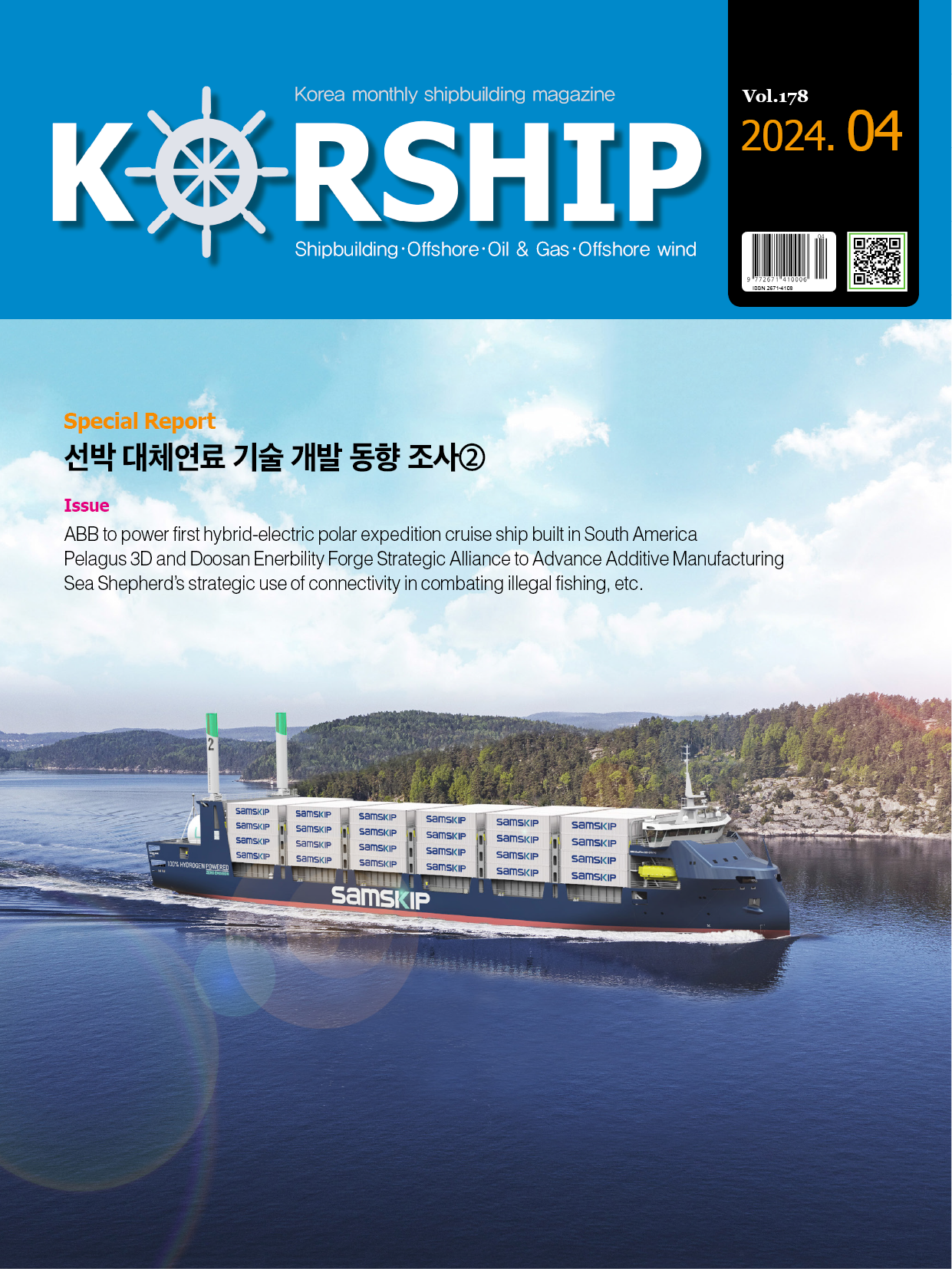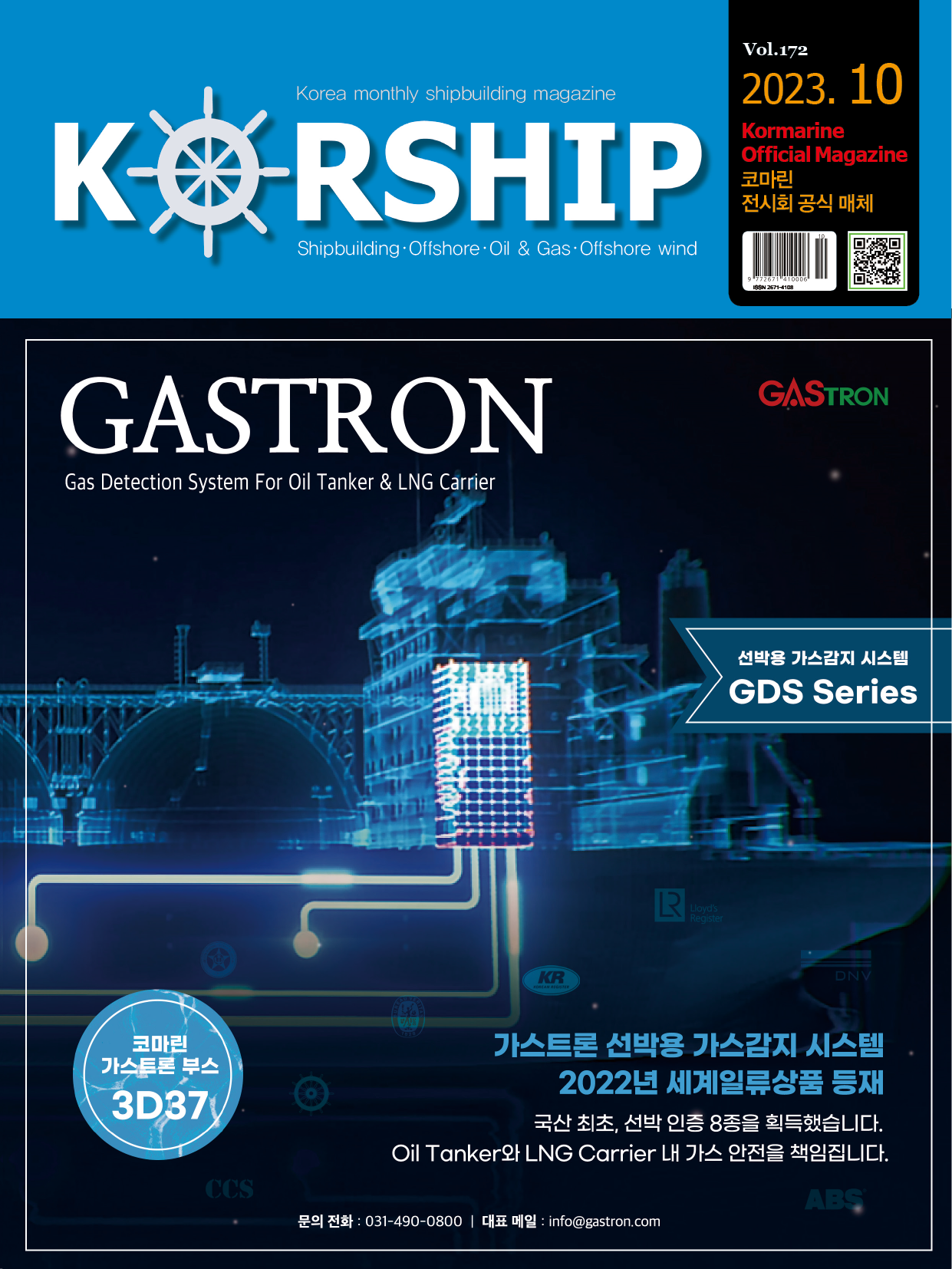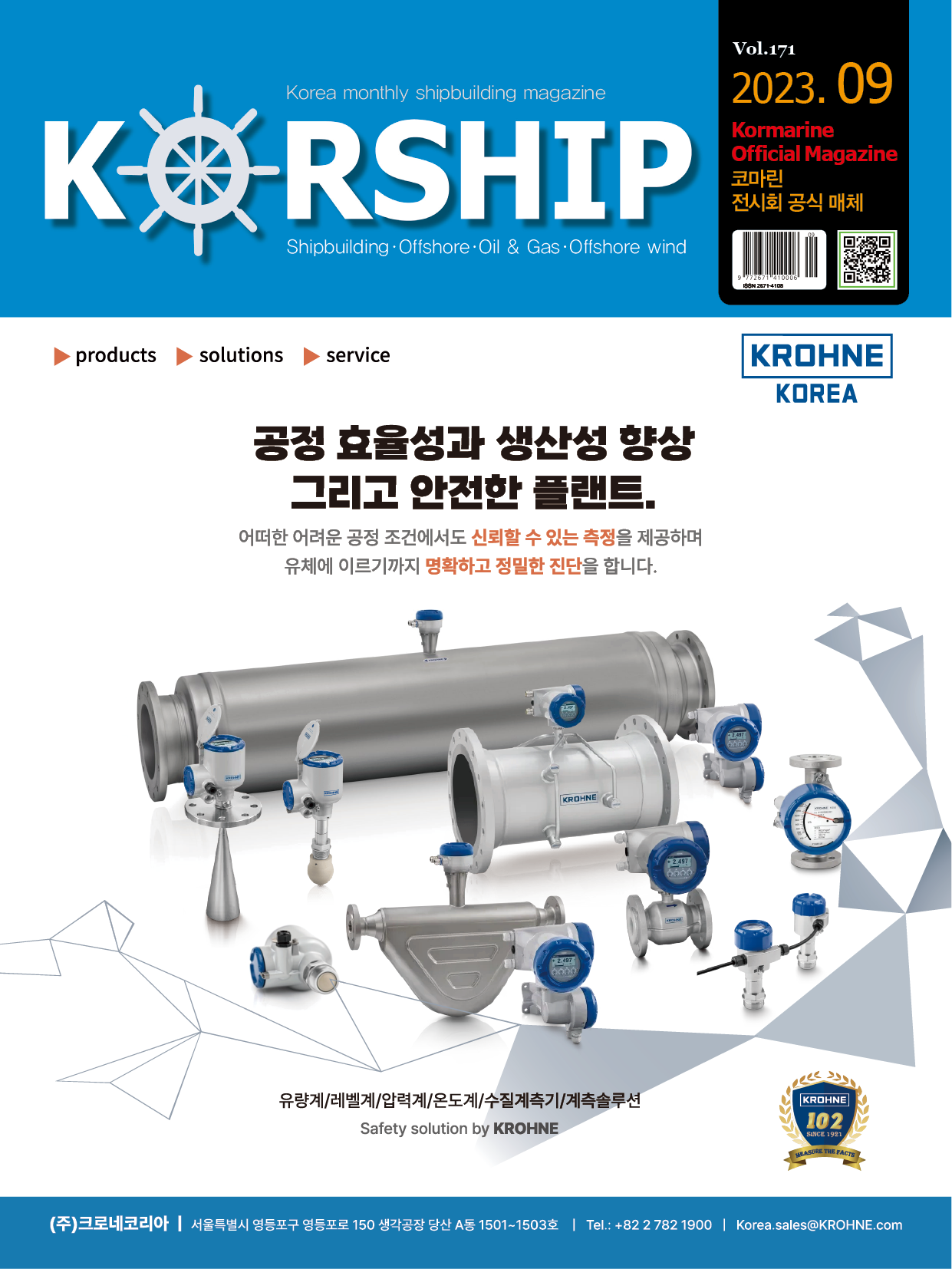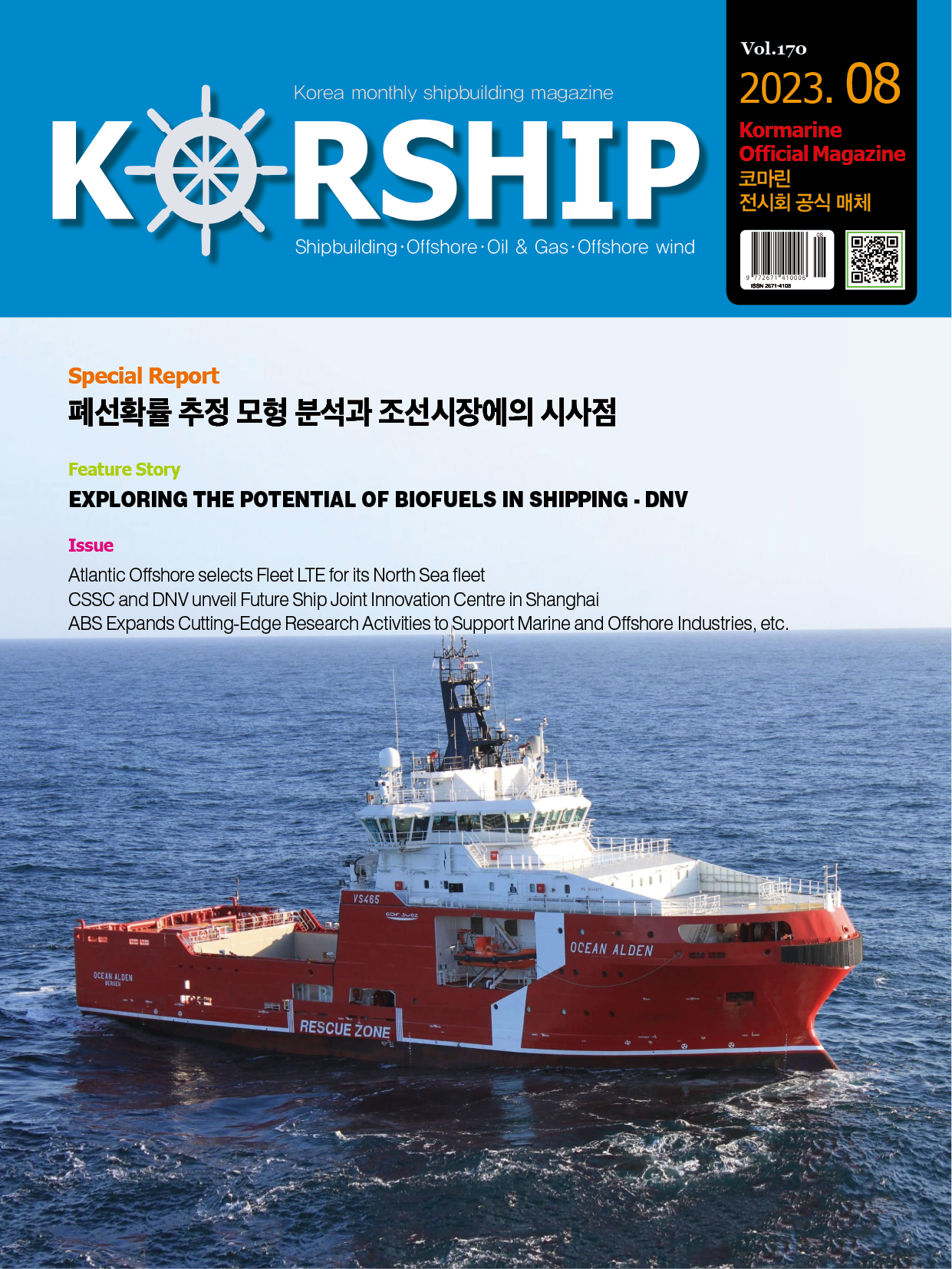Feature Story Ethernet-APL – ready for practical use
페이지 정보
작성자 최고관리자 댓글 0건 조회 187회 작성일 24-01-15 18:55본문
Twelve companies and four technology organisations have developed specifications for Ethernet-APL after many years of intensive work. The first devices are now available on the market and many more are set to be launched in 2024 – a good reason to take a closer look at the topic of "Ethernet in the field". But how do you go about planning an Ethernet-APL network? What do you all need for it? And how does it work with explosion protection and intrinsic safety? The good news is that while some things seem new at first glance, many things will become easier.
ACHEMA 2022 marked the end of the APL working group but the official starting point for the use of Ethernet-APL in process plants. The specifications have been created and four technology organisations – the FieldComm Group, ODVA, OPC Foundation and PROFIBUS+PROFINET International – have been tasked with maintaining and updating them. At the end of 2022, end users set up the NAMUR APL Task Force to promote this new technology among members and to a larger audience, and to establish it as a fixed component of future plants. The NAMUR APL Task Force is supported by the member firms of the ZVEI.
For the first time, Ethernet-APL makes continuous Ethernet access possible as far as field devices in hazardous areas down to Zone 0. Ethernet-APL is based on internationally standardised 10BASE-T1L 2-wire Ethernet according to IEEE with extensions for use in process automation, including intrinsic safety for explosion protection. Continuous Ethernet infrastructure offers many benefits for planning, commissioning and troubleshooting. Changes and modifications, but also new concepts such as the NAMUR Open Architecture(NOA) or the Open Process Automation Standard(O-PASTM), are far quicker and more flexible to implement than today's generally non-homogeneous installations.
Field switches as key components
Ethernet-APL segments are no more complicated to plan and install than a traditional fieldbus installation, for example. So that planners, integrators and installation technicians are supported from the outset, an engineering guide was created at the same time as the technical specifications, which covers planning- and cabling-related aspects, as well as explosion protection.
Ethernet-APL field switches are required to set up an Ethernet-APL network and connect the field devices. A field switch is quite simply a switch, as is required for any Ethernet installation. In addition to distributing and coupling data streams, it also takes on additional functions for Ethernet-APL. It supplies the field devices connected to it with intrinsically safe auxiliary power. Spurs are used for this purpose. Each of these spurs is limited to a length of 200 m, which initially restricts the installation area of the field devices at the field switch. Depending on the supplier, these field switches can be installed in the control room, in Zone 2 and also Zone 1, making it possible to significantly reduce the distance between the field switch and field devices.
A port classification has been introduced to simplify installation and limit the number of different variants. There are currently two power classes: Type A has a power of 0.54 W and has "ia" intrinsic safety, making it suitable for Zone 0 and Zone 1 field devices. Type C with a power of 1.11 W supports "ic" intrinsic safety and is specified for Zone 2 field devices. Plans are currently being developed for a type B port with a power of 1.17 W and "ia" intrinsic safety to provide more power in Zones 0 and 1.
With Ethernet-APL, intrinsic safety couldn't be simpler
While getting to grips with network technology may be a challenge for some users, it is much easier to carry out the necessary verification of intrinsic safety for Ethernet-APL than for conventional installations. Ethernet is essentially point-to-point or port-to-port connections. This is also the case for Ethernet-APL. One power source is connected to exactly one power load via a defined cable. With these framework conditions, general Ex i verification can be carried out on the basis of IEC 60079-25 "Intrinsically safe electrical systems" for all interconnectable devices.
So that not every user or planner has to carry out this verification themselves, the Ethernet-APL working group together with the DEKRA exam has already provided a blueprint of this verification. Based on this, the IECEx team then developed IEC TS 60079-47 "Equipment protection by 2-wire intrinsically safe Ethernet concept(2-WISE)". Device manufacturers can use this IEC TS standard to get their APL developments certified according to ATEX and IECEx. For users and planners, the following applies: If all of the devices used have been certified according to 2-WISE, which is labelled in the EC Type Examination Certificate as well as on the device itself, the interconnection of compatible power classes is intrinsically safe. However, it is still necessary to check whether the devices are also suitable for the required explosive atmosphere and the ports to be interconnected have the correct type of protection(ia, ib or ic). No lengthy calculations or cable dimensions are required. This Ex i verification according to 2-WISE has to be documented appropriately in the explosion protection document and can take the form of a basic overview table, for example. The next step is to integrate the Ethernet-APL field switches into the higher-level network.
Star topology vs. trunk-and-spur topology
Ethernet-APL essentially offers two installation options for networks. On the one hand, Ethernet-APL can be installed in the star topology usually used for Ethernet. This means the field switches are directly connected to 4-wire Ethernet such as 100BASE-TX. Both linear and ring topologies are possible. An Ethernet segment with the usual CAT cables is permitted to be up to 100 m long in these topologies. If fibre optics are used, which most field switches support as an option, longer distances can also be bridged. For the star topology, each field switch must have a separate power supply. If field switches are installed in Zone 1, the 4-wire Ethernet network is connected via certified terminals with the "eb" increased safety type of protection. The usual RJ45 connections are only permissible in Zone 2 or in safe areas. Practical tests have shown that the star topology allows up to 250 field devices per network to be connected to control systems without any issues.
Alternatively, the trunk-and-spur technology can be used, which is familiar from fieldbus applications. The network transition from the 100BASE-TX or 100BASE–FX network occurs via a power switch here, which likewise must be supplied with auxiliary power. The power switch converts a 4-wire network to a 2-wire network and supplies the complete lower-level Ethernet-APL network with power via the trunk line. This means that the connected field switches are powered by the trunk and in turn supply the field devices with intrinsically safe power. Increased safety is used for the connection in Zone 1 too. Each segment of the trunk can be up to 1000 m long. Due to the voltage drops on the trunk, however, only around 50 to 60 field devices per network can be supplied with power. This also necessitates in-depth network engineering for installations spread out across a large area. As a result, this topology is always a compromise between distance and number of field devices.
Another benefit of Ethernet-APL is that the type A cables (IEC 61158-2) laid in fieldbus installations can continue to be used. These fieldbus type A cables meet the exact requirements of Ethernet-APL with regard to shielding, cable lengths, cross sections and of course the "2-WISE" explosion protection. This makes them the first choice. As an alternative, lower-quality cables can also be used. The Ethernet-APL Engineering Guide provides further assistance with this. You can rely on tried-and-tested methods for the connection types: Screw terminals or spring clamp terminals.
With Ethernet-APL, a solution has been developed that makes many things simpler in terms of planning, installation and explosion protection. The Ethernet-APL field switches in particular, with their wide range of integrated diagnostics functions, assist with network monitoring within companies. And that's not all – entirely new possibilities are being opened up for digitalisation of processing systems. While there is no denying that these systems are more complex, with Ethernet-APL they don't need to become any more complicated.
■ Contact: R. STAHL www.r-stahl.com









